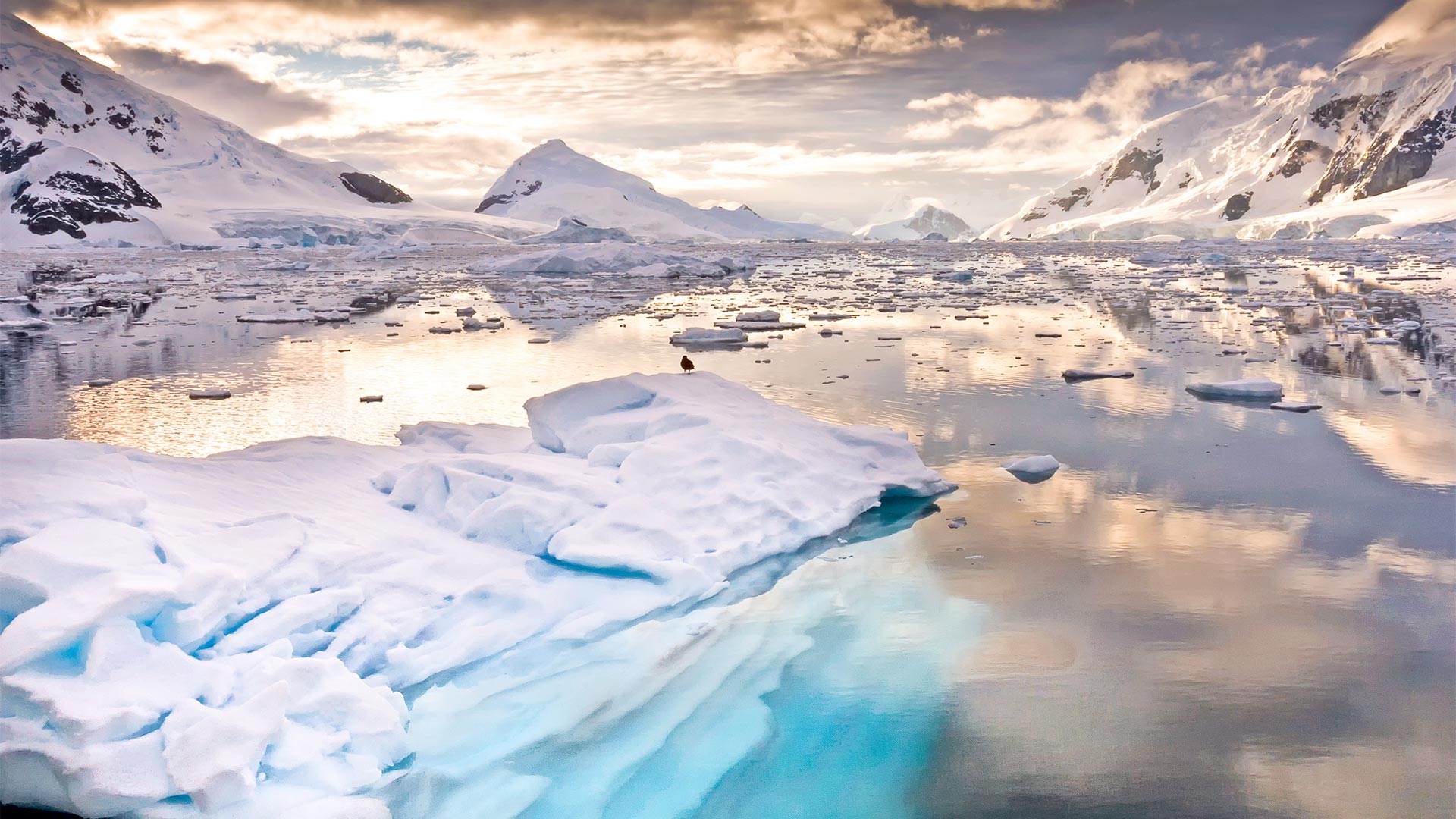Antarctica experienced its hottest day on record on 9th February 2020, hitting a high of 20.75°C.

A team of researchers at Argentina’s Marambio research base have reported that the temperature on the continent has exceeded 20°C for the first time. In addition, on 6th February, the Esperanza research base on the Antarctic Peninsula (the continent’s northwest tip, closest to South America) reported a high of 18.3°C, surpassing the previous record of 17.5°C set in March 2015.
The Marambio research base is located on Seymour Island, part of an island chain off the coast of the Antarctic Peninsula – one of the fastest-warming regions on Earth according to the World Meteorological Organisation (WMO), with average temperatures rising 3°C over the last 50 years.
The WMO is yet to verify the temperature, but the reading came from a research station that has been in place for 12 years and is used mainly for monitoring the layer of permanently frozen soil known as permafrost. The Washington Post reviewed the data and noted that the temperature sensor is located in a flat, open area without obstacles.
However, Jefferson C. Simões, a glaciologist at the Federal University of Rio Grande do Sul and a vice president of the Scientific Committee on Antarctic Research, doesn’t believe the measurement will meet the WMO’s criteria for an official record, citing the thermometer’s 1.5m height as the reason – most standard weather stations have a height of 2m.
Regardless of whether it’s accepted as a record or not, the fact remains that the temperature did hit 20.75°C which fits with global warming trends over the past decade. According to the UN, 2010 to 2019 was the hottest decade on record, with 2019 ranking as the second-hottest year ever (the hottest was 2016).
This trend has continued into the new year, with January 2020 rated the hottest January in the 141-year climate record. By comparison, 20°C is the average February temperature in Cairo, the Canary Islands and New Orleans.
According to NASA, Antarctica’s two fastest-shrinking glaciers – the Pine Island Glacier and Thwaites Glacier – contain enough vulnerable ice between them to raise sea levels by 1.2m. With climate change one of the hottest topics in the world, and indeed in corporate treasury, these massive temperature increases cannot be ignored.
It’s with this in mind that the Treasury Today Group launched its first ever Global Sustainability Study, looking at the awareness and adoption of sustainability in corporate finance teams in organisations across the world.